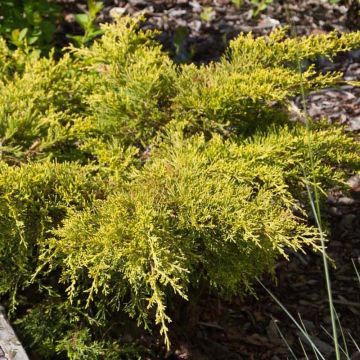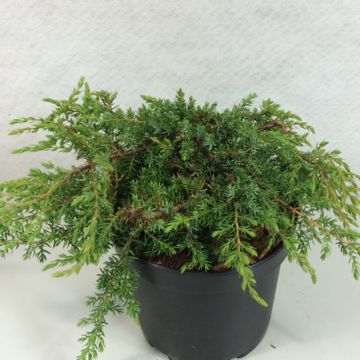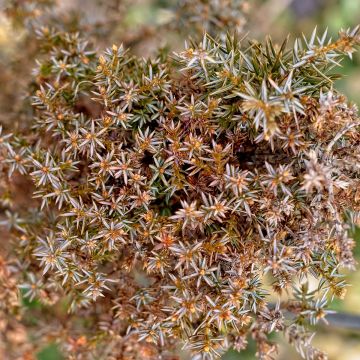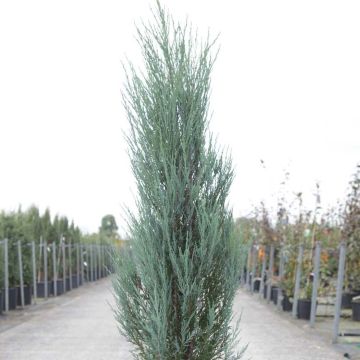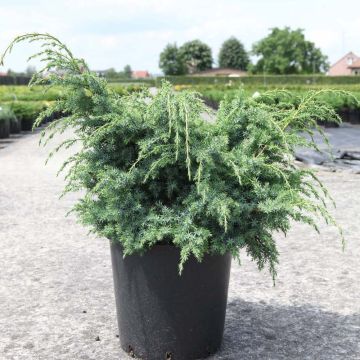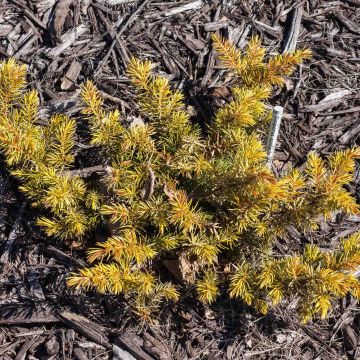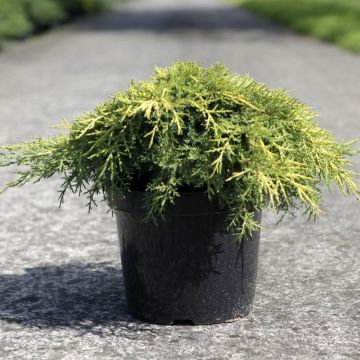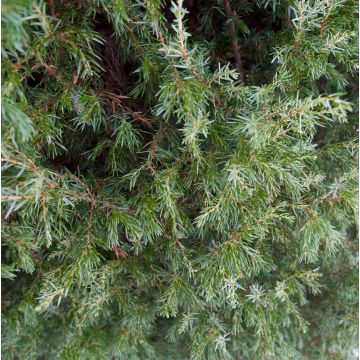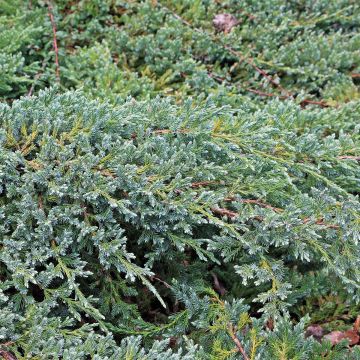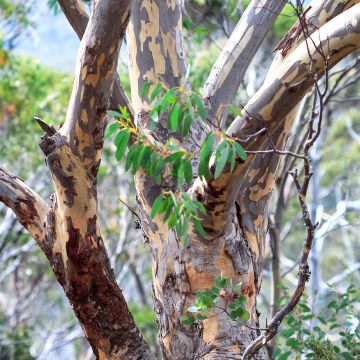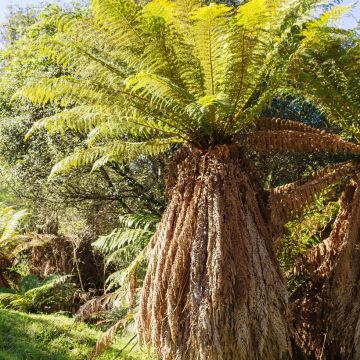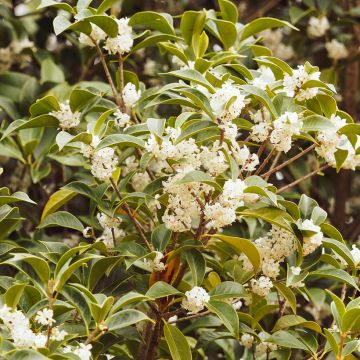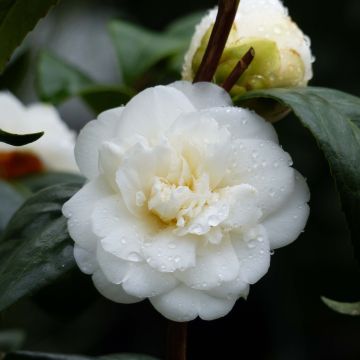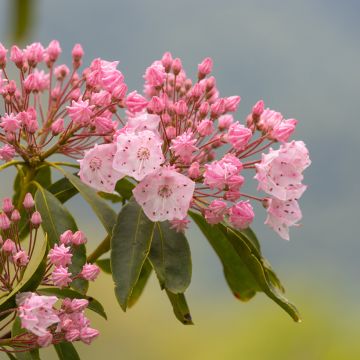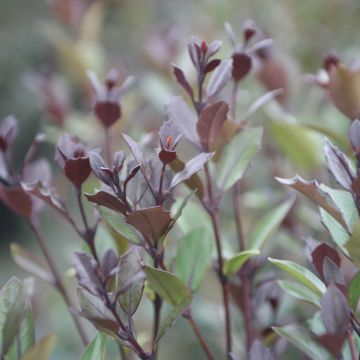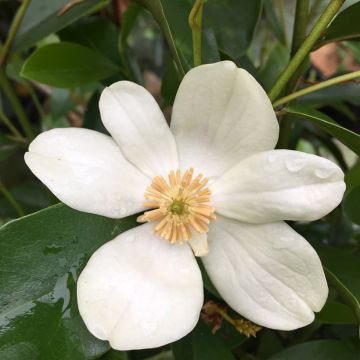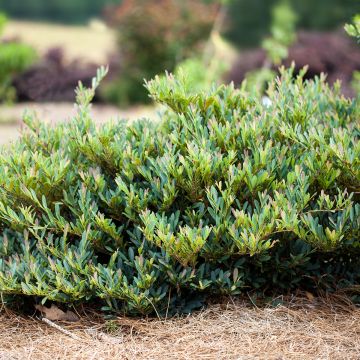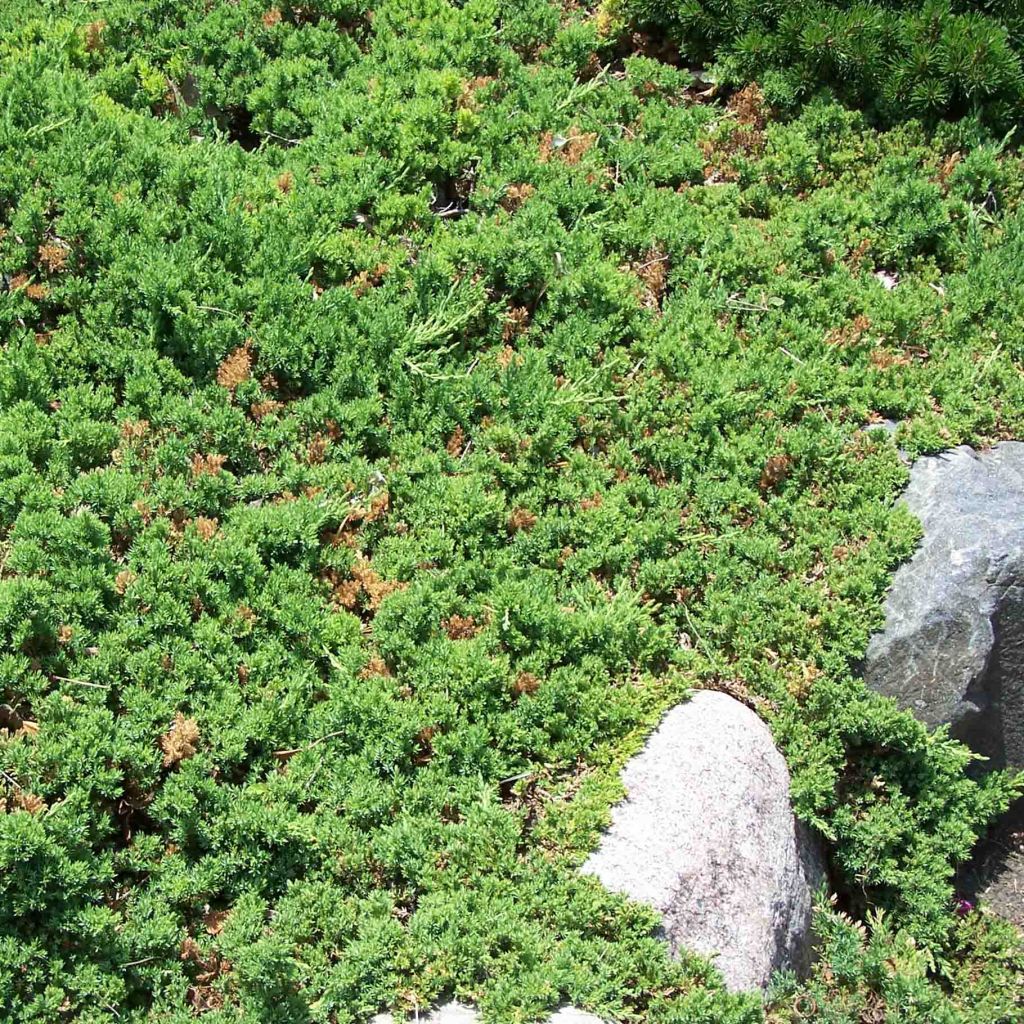

Juniperus procumbens Nana
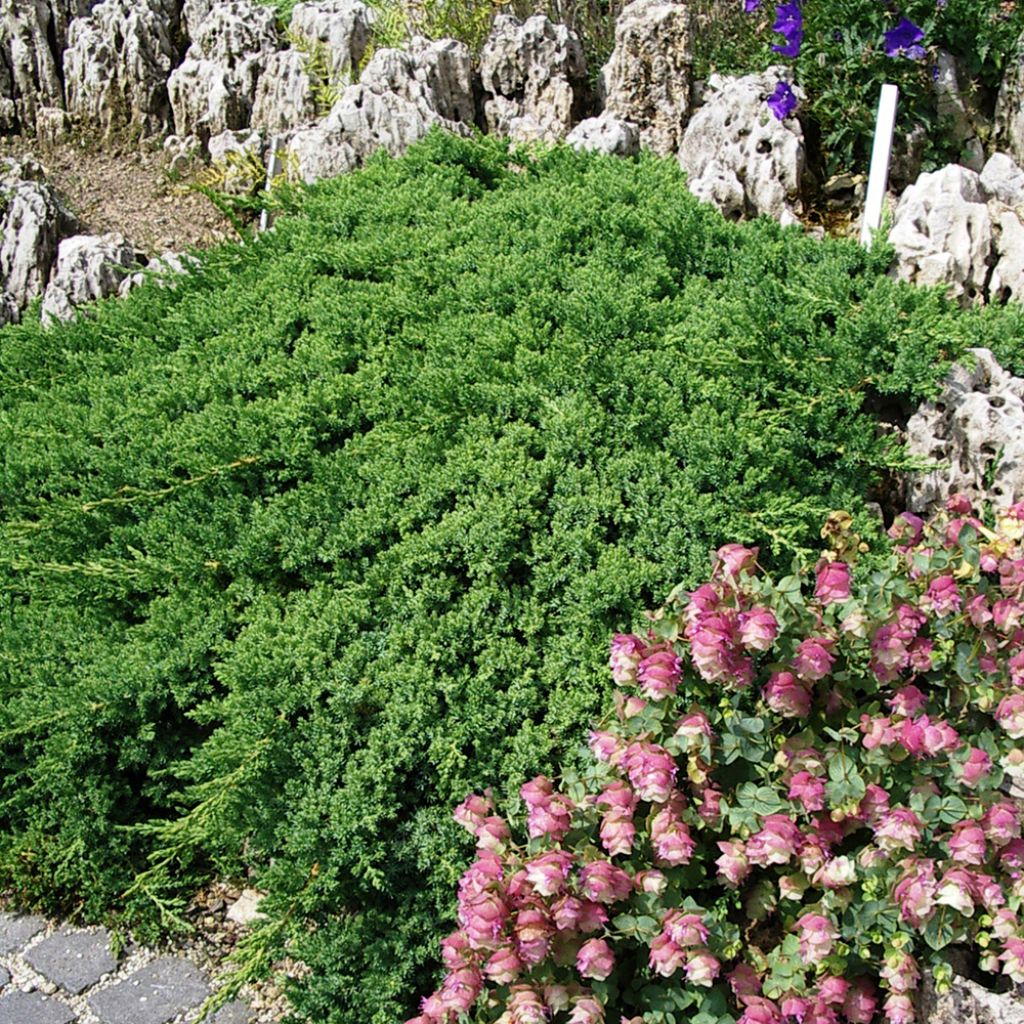

Juniperus procumbens Nana
Juniperus procumbens Nana
Juniperus procumbens Nana
Creeping Juniper
Received quickly and the young plant seems to be a sturdy perennial. We'll see if it takes root later.
Elisabeth Orsini, 15/05/2016
Special offer!
Receive a €20 voucher for any order over €90 (excluding delivery costs, credit notes, and plastic-free options)!
1- Add your favorite plants to your cart.
2- Once you have reached €90, confirm your order (you can even choose the delivery date!).
3- As soon as your order is shipped, you will receive an email containing your voucher code, valid for 3 months (90 days).
Your voucher is unique and can only be used once, for any order with a minimum value of €20, excluding delivery costs.
Can be combined with other current offers, non-divisible and non-refundable.
Home or relay delivery (depending on size and destination)
Schedule delivery date,
and select date in basket
This plant carries a 24 months recovery warranty
More information
We guarantee the quality of our plants for a full growing cycle, and will replace at our expense any plant that fails to recover under normal climatic and planting conditions.

Would this plant suit my garden?
Set up your Plantfit profile →
Description
Juniperus procumbens 'Nana' is the dwarf form of the Japanese creeping juniper Juniperus procumbens. Over time, it forms a prostrate carpet with long thorny branches that follow the contours of the ground. It is adorned with dense foliage that does not brown, starting as a very fresh apple green in spring, then turning bluish, sometimes becoming blue-violet in winter. This slow-growing conifer is extremely hardy and perfectly adapted to difficult conditions. It is an excellent ground cover, ideal for decorating a large slope or rockery. It thrives in full sun and well-drained soil, even poor, occasionally dry and chalky soil.
Juniperus procumbens is an evergreen and thorny conifer belonging to the Cupressaceae family, which includes similar species such as cypresses and chamaecyparis. It is native to southern Japan and sometimes considered a variety of Juniperus chinensis. In its natural environment, it has a spreading and prostrate habit, reaching a height of 50 cm (19.7 in) and a spread of 2 m to 4 m (6.6 ft to 13.1 ft). This species prefers well-drained, poor, sandy and/or chalky soils and is drought-tolerant.
The 'Nana' creeping juniper forms a prostrate carpet with a very spreading habit, measuring 30 cm (11.8 in) in height and a spread of 1 m to 1.2 m (3.3 ft to 3.9 ft). It grows very slowly when young, then its growth accelerates slightly with age. Its horizontal branches tend to interweave and form an impenetrable carpet. Its foliage consists of juvenile leaves, which are quite wide needles. Its small, tightly packed leaves release a resinous and aromatic scent when rubbed. In spring, the foliage has a light green colour (due to the young shoots), then turns bluish, sometimes taking on blue-violet hues in winter due to the cold. Fruits rarely appear in cultivation, only on female plants. They are scaly berries called cones; they are brown-black and covered with a bluish bloom. Junipers have a shallow root system that makes them vulnerable to strong winds and difficult to plant with perennials.
The 'Nana' creeping juniper is an extraordinary conifer. It is very undemanding and easily conquers space in the most challenging areas of the garden as long as they are sunny. Plant it on a large slope, among rocks, above a wall, or near a pool, as it blends well with geometric lines and masonry structures. It is easily grown in pots and adapts well to the art of bonsai. It can also be planted near a water feature, cascading down a rocky slope. The structural qualities of conifers naturally shine in a contemporary garden, which prefers the aesthetics of forms, silhouettes, and textures over the fleeting appearance of flowers. These plants have a reassuring permanence that provides lasting structure to a flower bed. They can be used to mark pathways and border terraces, easily replacing trimmed boxwood. They can be combined with wild grasses and heathers with very complementary temperaments. The key is to play with volumes and colours.
Report an error about the product description
Juniperus procumbens Nana in pictures
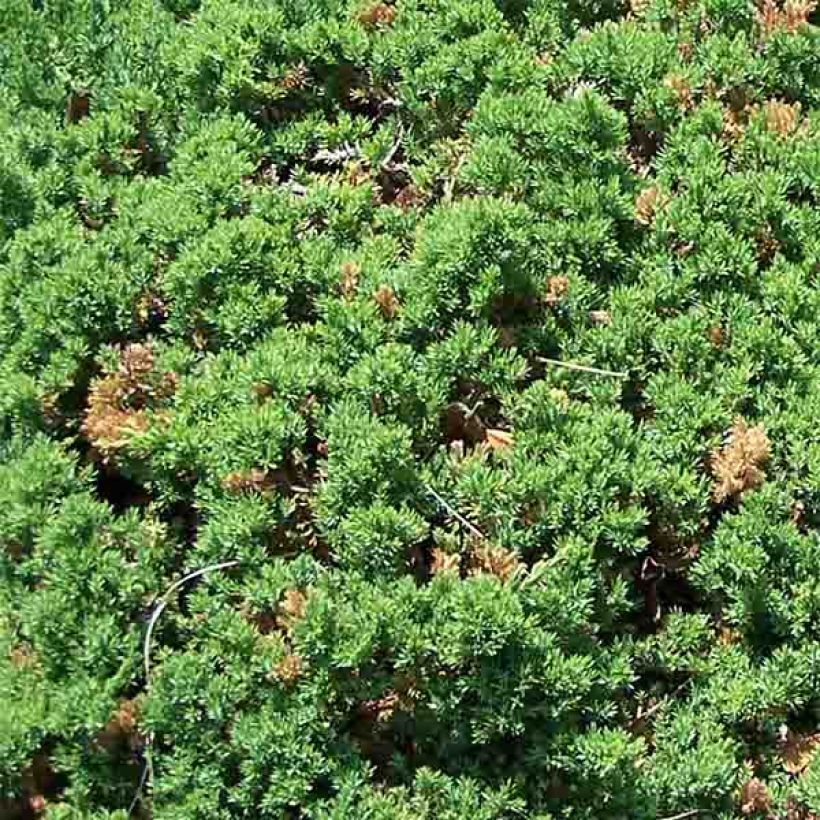

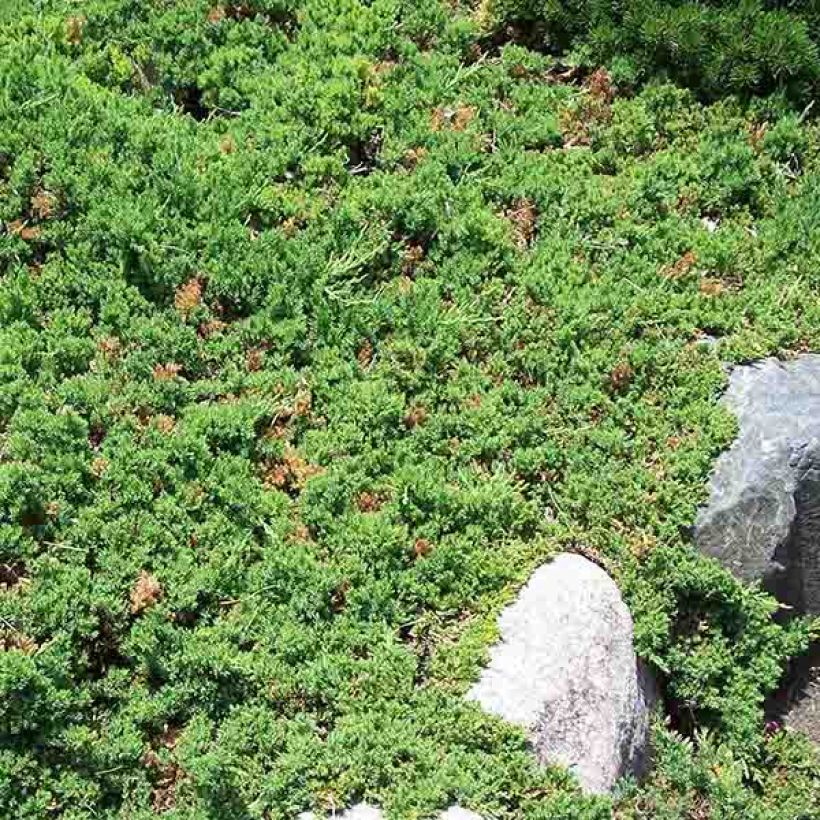

Plant habit
Flowering
Foliage
Safety measures
Botanical data
Juniperus
procumbens
Nana
Cupressaceae
Creeping Juniper
Cultivar or hybrid
atteinterespiratoire
Cette plante peut entraîner des symptômes allergiques.
Evitez de la planter si vous ou vos proches souffrez de rhinite saisonnière ("rhume des foins").
Davantage d'informations sur https://plantes-risque.info
Other Juniperus - Juniper
View all →Planting and care
Plant from September to November and from February to June in well-drained, light, even limestone and poor soil. A stony or sandy soil that occasionally dries out does not bother it. Choose a very sunny or semi-shaded location sheltered from prevailing winds. Soak the root balls well before planting. Add organic matter at planting and water generously in the first few years, and during prolonged drought. Apply a special conifer fertiliser every year in April and weed the soil in summer. However, this hardy conifer fears heavy soils that are waterlogged in winter. Pruning is not necessary, as this plant reveals its full potential when allowed to grow freely.
Planting period
Intended location
Care
-
, onOrder confirmed
Reply from on Promesse de fleurs
Similar products
Haven't found what you were looking for?
Hardiness is the lowest winter temperature a plant can endure without suffering serious damage or even dying. However, hardiness is affected by location (a sheltered area, such as a patio), protection (winter cover) and soil type (hardiness is improved by well-drained soil).

Photo Sharing Terms & Conditions
In order to encourage gardeners to interact and share their experiences, Promesse de fleurs offers various media enabling content to be uploaded onto its Site - in particular via the ‘Photo sharing’ module.
The User agrees to refrain from:
- Posting any content that is illegal, prejudicial, insulting, racist, inciteful to hatred, revisionist, contrary to public decency, that infringes on privacy or on the privacy rights of third parties, in particular the publicity rights of persons and goods, intellectual property rights, or the right to privacy.
- Submitting content on behalf of a third party;
- Impersonate the identity of a third party and/or publish any personal information about a third party;
In general, the User undertakes to refrain from any unethical behaviour.
All Content (in particular text, comments, files, images, photos, videos, creative works, etc.), which may be subject to property or intellectual property rights, image or other private rights, shall remain the property of the User, subject to the limited rights granted by the terms of the licence granted by Promesse de fleurs as stated below. Users are at liberty to publish or not to publish such Content on the Site, notably via the ‘Photo Sharing’ facility, and accept that this Content shall be made public and freely accessible, notably on the Internet.
Users further acknowledge, undertake to have ,and guarantee that they hold all necessary rights and permissions to publish such material on the Site, in particular with regard to the legislation in force pertaining to any privacy, property, intellectual property, image, or contractual rights, or rights of any other nature. By publishing such Content on the Site, Users acknowledge accepting full liability as publishers of the Content within the meaning of the law, and grant Promesse de fleurs, free of charge, an inclusive, worldwide licence for the said Content for the entire duration of its publication, including all reproduction, representation, up/downloading, displaying, performing, transmission, and storage rights.
Users also grant permission for their name to be linked to the Content and accept that this link may not always be made available.
By engaging in posting material, Users consent to their Content becoming automatically accessible on the Internet, in particular on other sites and/or blogs and/or web pages of the Promesse de fleurs site, including in particular social pages and the Promesse de fleurs catalogue.
Users may secure the removal of entrusted content free of charge by issuing a simple request via our contact form.
The flowering period indicated on our website applies to countries and regions located in USDA zone 8 (France, the United Kingdom, Ireland, the Netherlands, etc.)
It will vary according to where you live:
- In zones 9 to 10 (Italy, Spain, Greece, etc.), flowering will occur about 2 to 4 weeks earlier.
- In zones 6 to 7 (Germany, Poland, Slovenia, and lower mountainous regions), flowering will be delayed by 2 to 3 weeks.
- In zone 5 (Central Europe, Scandinavia), blooming will be delayed by 3 to 5 weeks.
In temperate climates, pruning of spring-flowering shrubs (forsythia, spireas, etc.) should be done just after flowering.
Pruning of summer-flowering shrubs (Indian Lilac, Perovskia, etc.) can be done in winter or spring.
In cold regions as well as with frost-sensitive plants, avoid pruning too early when severe frosts may still occur.
The planting period indicated on our website applies to countries and regions located in USDA zone 8 (France, United Kingdom, Ireland, Netherlands).
It will vary according to where you live:
- In Mediterranean zones (Marseille, Madrid, Milan, etc.), autumn and winter are the best planting periods.
- In continental zones (Strasbourg, Munich, Vienna, etc.), delay planting by 2 to 3 weeks in spring and bring it forward by 2 to 4 weeks in autumn.
- In mountainous regions (the Alps, Pyrenees, Carpathians, etc.), it is best to plant in late spring (May-June) or late summer (August-September).
The harvesting period indicated on our website applies to countries and regions in USDA zone 8 (France, England, Ireland, the Netherlands).
In colder areas (Scandinavia, Poland, Austria...) fruit and vegetable harvests are likely to be delayed by 3-4 weeks.
In warmer areas (Italy, Spain, Greece, etc.), harvesting will probably take place earlier, depending on weather conditions.
The sowing periods indicated on our website apply to countries and regions within USDA Zone 8 (France, UK, Ireland, Netherlands).
In colder areas (Scandinavia, Poland, Austria...), delay any outdoor sowing by 3-4 weeks, or sow under glass.
In warmer climes (Italy, Spain, Greece, etc.), bring outdoor sowing forward by a few weeks.






























